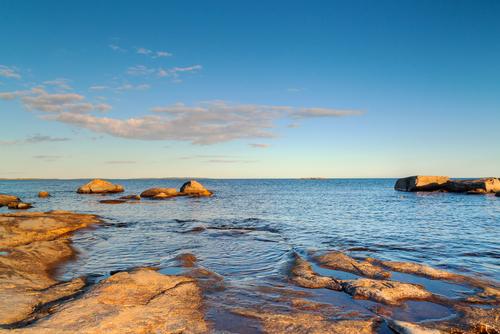A team of divers led by Södertörn University archaeology professor Björn Nilsson has uncovered artifacts from what could be the oldest known settlement in the region, dubbed by local publications last week as “Sweden’s Atlantis.”
The 11,000-year-old objects at the bottom of the Baltic Sea have been preserved exceptionally well because of the gyttja sediment and lack of oxygen. Organic objects, not only stone objects, have been preserved at this rare site near Hanö, off the southern coast of Sweden.
The Stone Age artifacts were left by nomads, and they could be the earliest evidence of a temporary settlement before the more permanent Nordic settlements were established.
Nilsson described the artifacts as “world-class” and “one-of-a-kind,” in an interview with The Local.
One of the most impressive finds, said Nilsson, was a harpoon carved of animal bone. At the site were also the bones of auroch, a cattle-like animal that became extinct in the 17th century.
Archaeologists continue to excavate the site.

Illustration of an auroch, an extinct cattle ancestor. (Pearson Scott Foresman/Wikimedia Commons)
*Image of the Baltic Sea via Shutterstock





